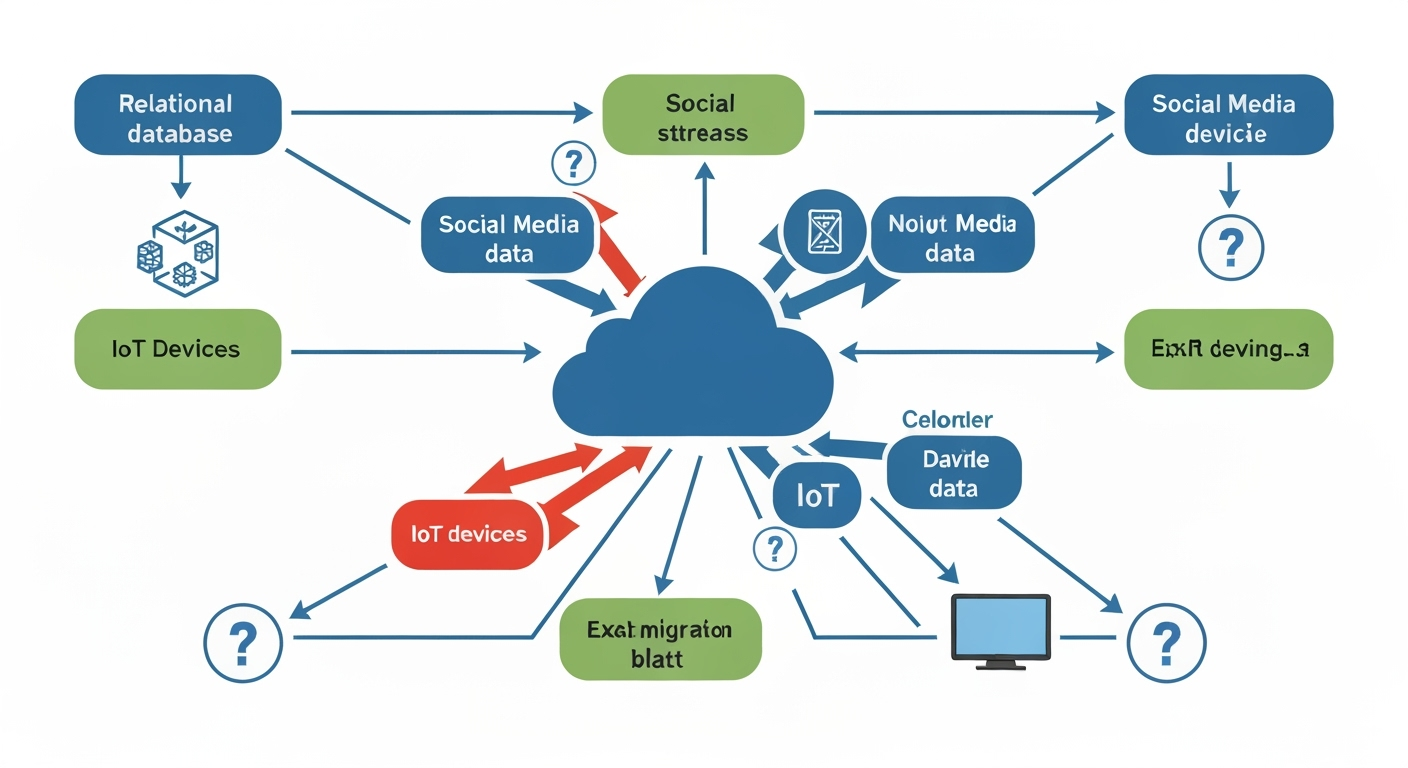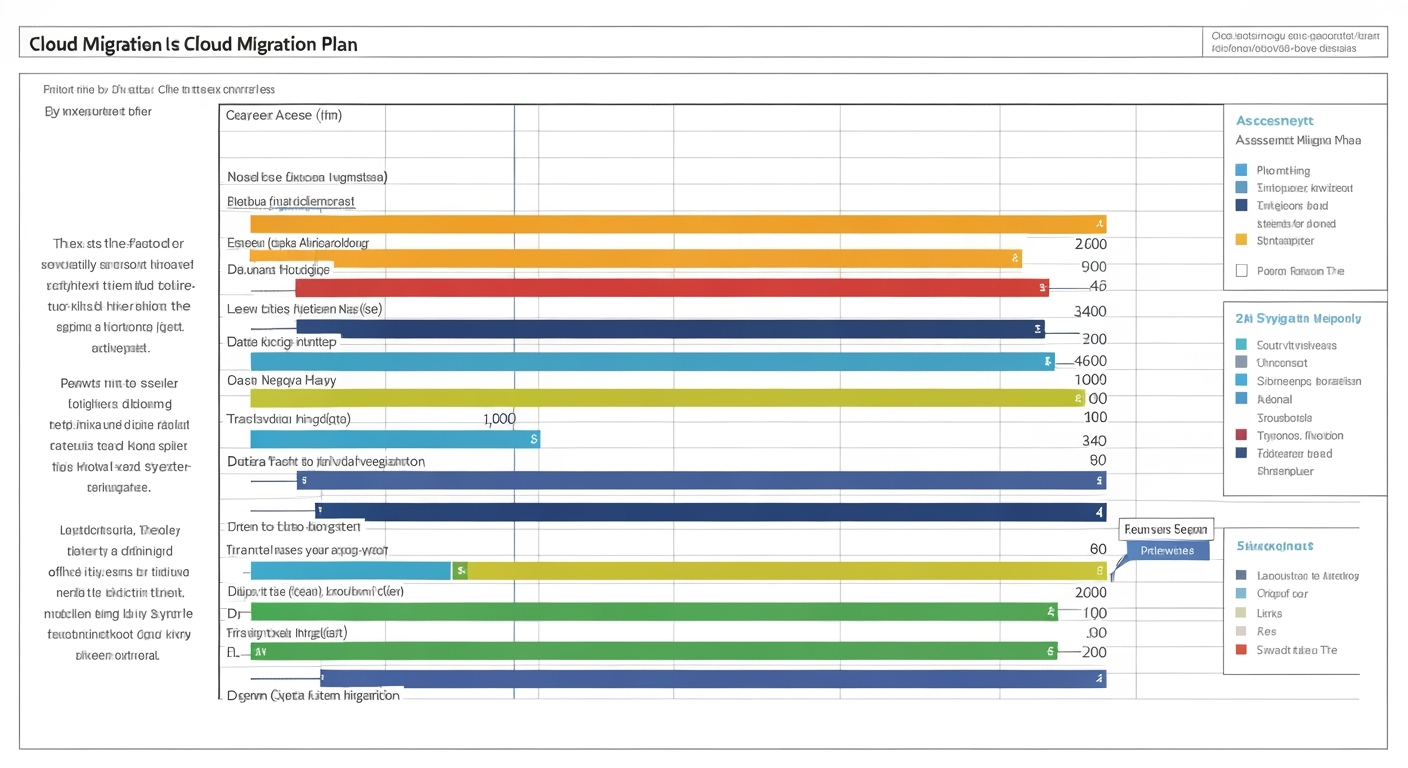
Migrating to the cloud can unlock incredible benefits – scalability, cost savings, and increased agility. However, a poorly planned migration can lead to unexpected costs, downtime, and security vulnerabilities. This article equips you with the knowledge to navigate the cloud migration landscape successfully.
1. Defining Clear Objectives and KPIs
Before diving into the technical details, clearly define why you’re moving to the cloud. What business outcomes are you hoping to achieve? Examples include:
- Reducing infrastructure costs by X%.
- Improving application performance by Y%.
- Increasing scalability to handle Z% more traffic.
Establish Key Performance Indicators (KPIs) to measure your progress and ensure the migration aligns with your business goals. Without defined goals, you’ll struggle to assess the success of your migration or identify areas for improvement.
2. Assessing Your Current Infrastructure
A thorough assessment of your existing infrastructure is crucial. Document everything, including:
- Servers, storage, and networking equipment.
- Applications and their dependencies.
- Data volumes and data flow.
- Security policies and compliance requirements.
This inventory will help you determine the best migration strategy for each application and identify potential compatibility issues. For example, legacy applications might require refactoring or replacement before migrating to the cloud.
3. Choosing the Right Cloud Model
Different cloud models offer varying levels of control and responsibility.
- Infrastructure as a Service (IaaS): Provides the most flexibility, allowing you to manage your servers, storage, and networking. Suitable for organizations that need granular control over their infrastructure.
- Platform as a Service (PaaS): Offers a platform for developing, running, and managing applications. Ideal for developers who want to focus on code without worrying about infrastructure management.
- Software as a Service (SaaS): Provides ready-to-use applications over the internet. Best for organizations that want minimal IT overhead and access to specific software solutions.
Consider your technical expertise, budget, and business requirements when selecting the appropriate cloud model.
4. Developing a Detailed Migration Plan
Create a comprehensive migration plan that outlines the steps involved, timelines, and responsibilities. This plan should include:
- A phased approach, starting with non-critical applications.
- A data migration strategy, considering data transfer methods and security.
- Testing and validation procedures to ensure applications function correctly in the cloud.
- Rollback plan in case of unexpected issues.

5. Prioritizing Security
Security should be a top priority throughout the migration process. Implement security measures such as:
- Data encryption to protect sensitive information.
- Identity and access management (IAM) to control user access.
- Network segmentation to isolate critical workloads.
- Regular security audits to identify vulnerabilities.
Adhere to industry best practices and compliance regulations to ensure a secure cloud environment.
6. Monitoring and Optimization
After the migration, continuously monitor your cloud environment to track performance, identify bottlenecks, and optimize costs. Use cloud monitoring tools to gather insights into resource utilization, application performance, and security threats. Regularly review your cloud infrastructure and make adjustments to improve efficiency and reduce expenses.
Conclusion
Cloud migration is a complex undertaking that requires careful planning and execution. By defining clear objectives, assessing your infrastructure, choosing the right cloud model, developing a detailed migration plan, prioritizing security, and monitoring your environment, you can minimize risks and maximize the benefits of the cloud. A successful cloud migration will empower your organization to innovate faster, reduce costs, and improve agility.